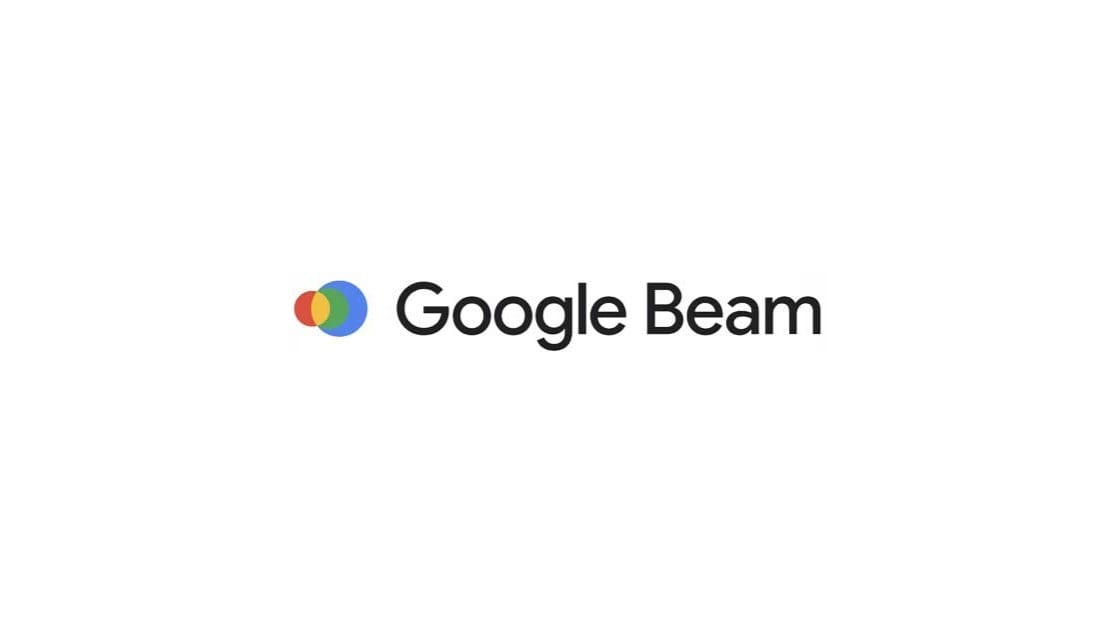HP's $25,000 Google Beam 3D Video System: Enterprise Holographic Communication Gets Real
HP has unveiled its first Google Beam 3D video conferencing system with a staggering $24,999 price tag, plus undisclosed licensing fees, marking a significant leap toward mainstream holographic communication technology. This enterprise-grade system promises to revolutionize remote collaboration by projecting life-like 3D representations of meeting participants, but the hefty cost raises questions about accessibility and market adoption.
The Technology Behind the Magic
The HP Google Beam system represents a convergence of advanced projection technology, real-time 3D rendering, and sophisticated spatial computing. Unlike traditional video conferencing that displays flat images on screens, this system creates volumetric representations of users that appear to occupy physical space in the meeting room.
The technology builds upon Google's Project Starline research, which has been in development for several years. The system captures users through multiple high-resolution cameras and depth sensors, processes the data in real-time, and projects a three-dimensional likeness that other participants can view from different angles without special glasses or headsets.
Breaking Down the Cost Structure
At $24,999 for the base hardware, HP's Google Beam system positions itself firmly in the enterprise market. However, the true cost of ownership extends beyond the initial purchase:
Hardware Investment: The nearly $25,000 price point covers the specialized projection equipment, multiple cameras, depth sensors, and processing units required for real-time 3D rendering.
Licensing Fees: HP has not disclosed the ongoing licensing costs for Google's underlying technology, which could significantly impact the total cost of ownership. Industry analysts estimate these fees could range from hundreds to thousands of dollars monthly, depending on usage levels.
Infrastructure Requirements: Organizations will likely need upgraded internet connectivity and dedicated spaces optimized for the system's operation, adding to implementation costs.
Market Positioning and Competition
The pricing strategy places HP's offering in direct competition with high-end video conferencing solutions from companies like Cisco and Microsoft, though none currently offer true 3D projection capabilities. Traditional premium video conferencing systems typically range from $5,000 to $15,000, making HP's system a significant premium investment.
Early enterprise adopters in sectors like healthcare, engineering, and design consultation may find the investment justified, particularly for applications where spatial understanding and depth perception provide critical value. Medical consultations, architectural reviews, and complex technical discussions could benefit substantially from three-dimensional interaction.
Technical Challenges and Limitations
Despite the impressive technology, several factors may limit widespread adoption:
Bandwidth Requirements: 3D video processing and transmission require substantially more internet bandwidth than traditional video calls, potentially limiting deployment in areas with connectivity constraints.
Environmental Dependencies: The system likely requires controlled lighting conditions and specific room configurations to function optimally, reducing flexibility compared to standard video conferencing.
Scalability Questions: Current demonstrations typically show one-on-one or small group interactions, raising questions about the technology's effectiveness in larger meetings.
Industry Implications
The launch signals a broader shift toward immersive communication technologies, with major tech companies investing heavily in spatial computing and holographic displays. Microsoft's HoloLens, Magic Leap's enterprise solutions, and Apple's Vision Pro all represent different approaches to three-dimensional digital interaction.
HP's entry with Google's technology could accelerate enterprise adoption of 3D communication, particularly if early implementations demonstrate clear productivity benefits and return on investment.
Looking Ahead: Accessibility and Evolution
While the current pricing limits adoption to well-funded enterprises, the technology trajectory suggests costs will decrease over time. Historical patterns in emerging technologies show that today's $25,000 system could become tomorrow's mainstream business tool as manufacturing scales and competition increases.
The success of HP's Google Beam system will likely depend on demonstrating measurable improvements in meeting effectiveness, collaboration quality, and business outcomes that justify the premium investment.
